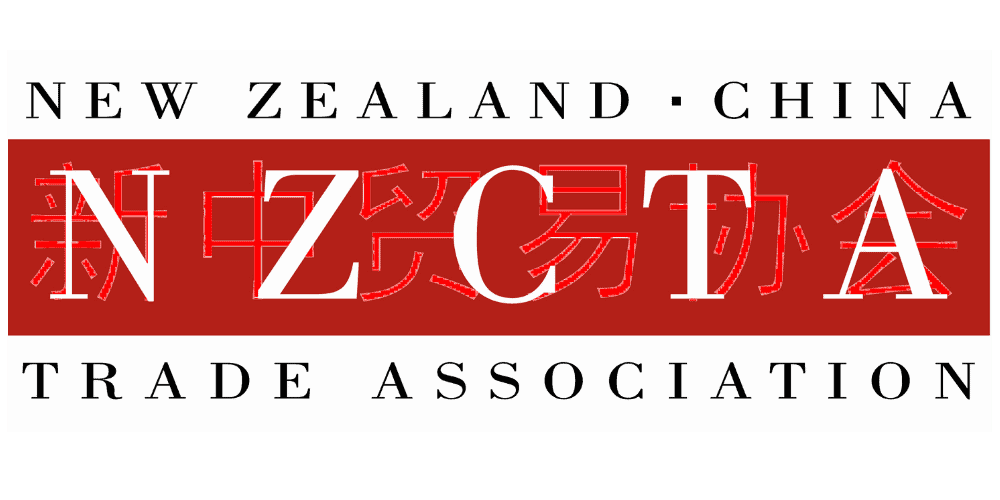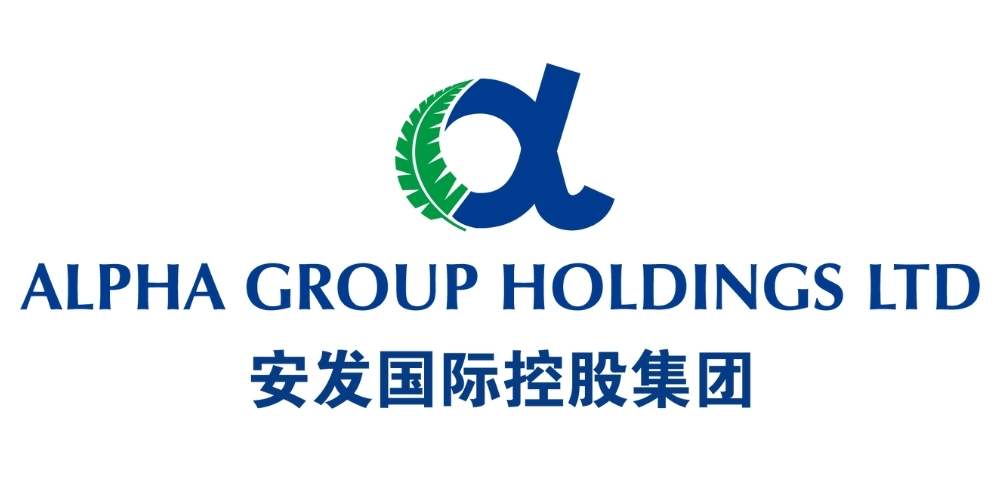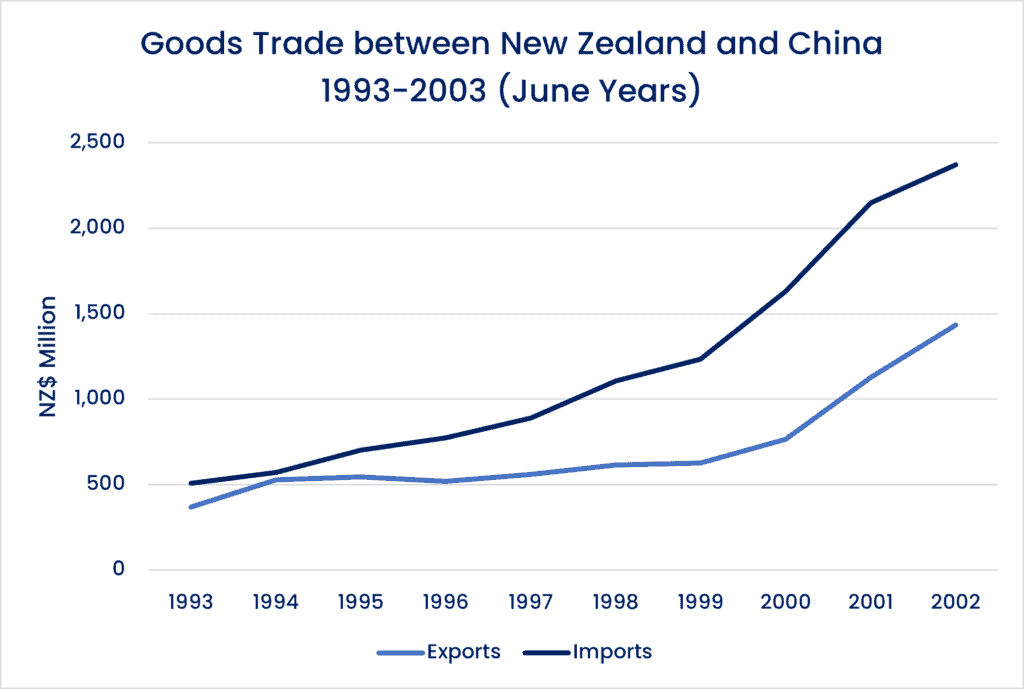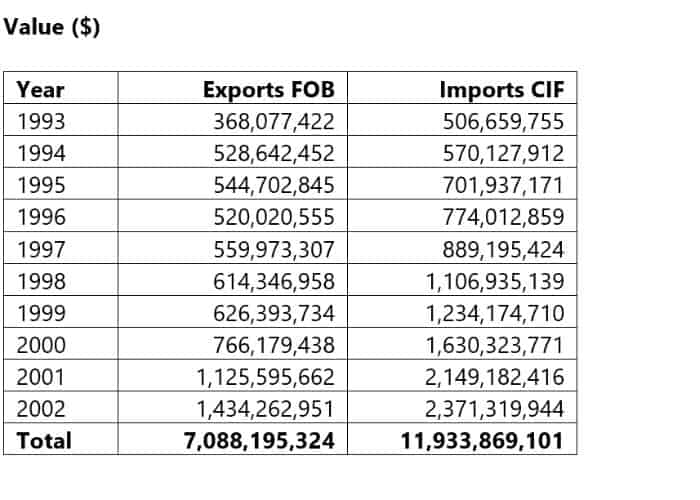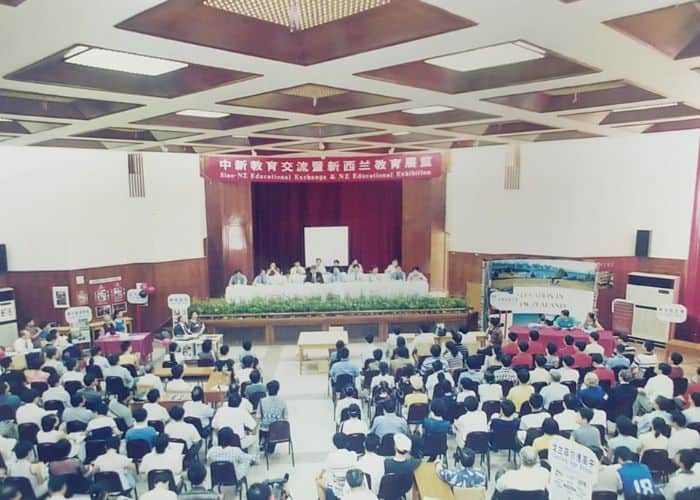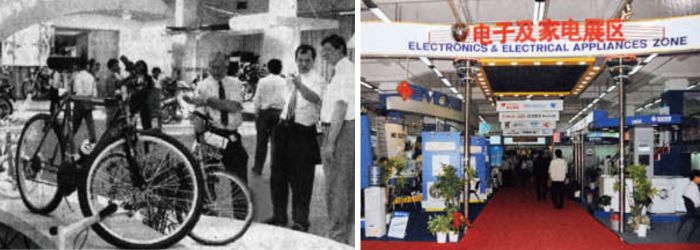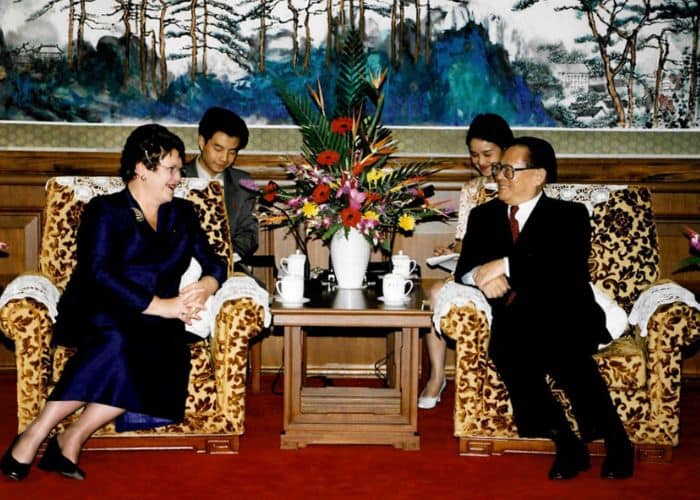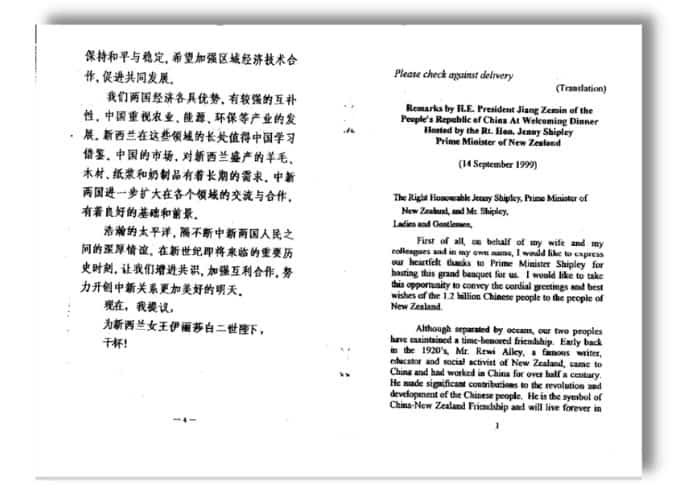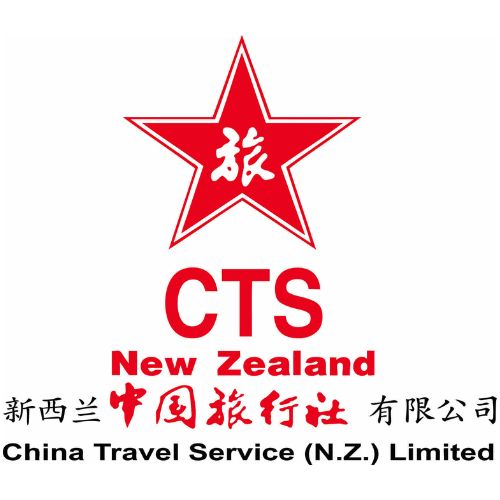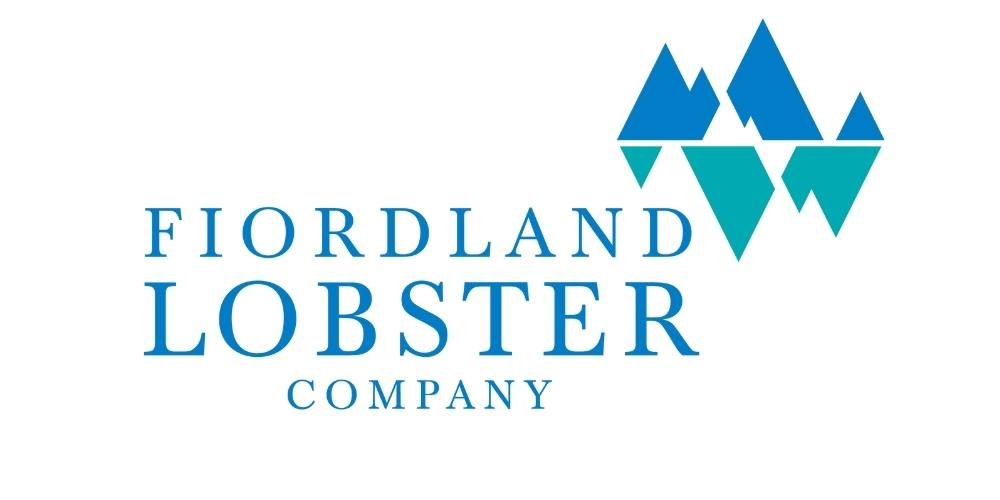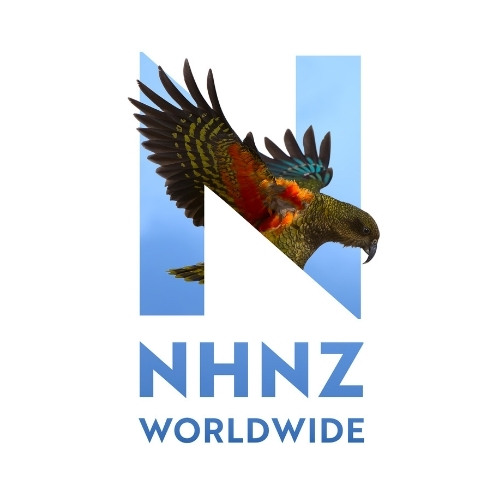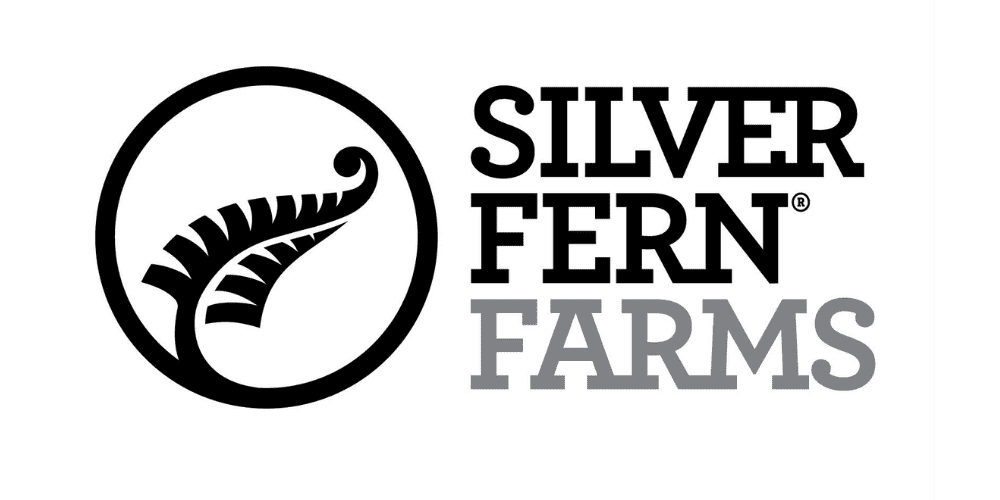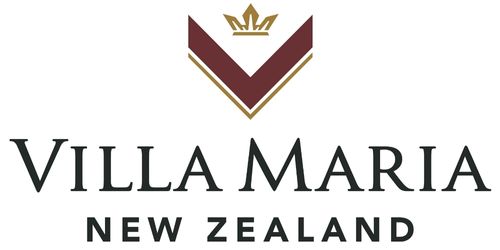1 Data collated from Statistics New Zealand-available at https://infoshare.stats.govt.nz/ViewTable.aspx?pxID=173fa4bc-dab4-4df2-8b8b-2a301e095f5f (Exports to China, People’s Republic) and https://infoshare.stats.govt.nz/ViewTable.aspx?pxID=bcda9f46-491a-4c4f-811a-198a79f910fb (Imports from China, People’s Republic
2 Statistics New Zealand – available at https://infoshare.stats.govt.nz/ViewTable.aspx?pxID=173fa4bc-dab4-4df2-8b8b-2a301e095f5f
3 https://infoshare.stats.govt.nz/TradeVariables.aspx?DataType=TIM – Exports
4 https://infoshare.stats.govt.nz/ViewTable.aspx?pxID=bcda9f46-491a-4c4f-811a-198a79f910fb (Imports from China, People’s Republic)
5 https://infoshare.stats.govt.nz/TradeVariables.aspx?DataType=TIM – Imports
6 Rt Hon.Helen Clark – Shaping our Future Relationship in China and New Zealand : A Thriving Relationship Thirty Years On Edited by James Kember and Paul Clark (Auckland, New Zealand Asia Institute, 2003) 106-107
7 Ibid 105
8 Alistair MacCormick – New Zealand Business in China in China and New Zealand : A Thriving Relationship Thirty Years On Edited by James Kember and Paul Clark (Auckland, New Zealand Asia Institute, 2003) 80 and
Bruce Kohn, The Kiwi Pathfinder :Opening Mao’s China to the West (Wellington, Grantham House, 2008) 195
9 MacCormick – New Zealand Business in China, 80-81 and Kohn, The Kiwi Pathfinder 196
10 MacCormick 82-83 and Kohn 196
11 Ibid, 78-79 and 192-193
12 Ibid, 84-85 and 185-186
13 Kohn, The Kiwi Pathfinder, 196
14 Re the Wool Board, Roger Buchanan, Last Shepherd (Wellington, Mahico Ltd 2012) 206
